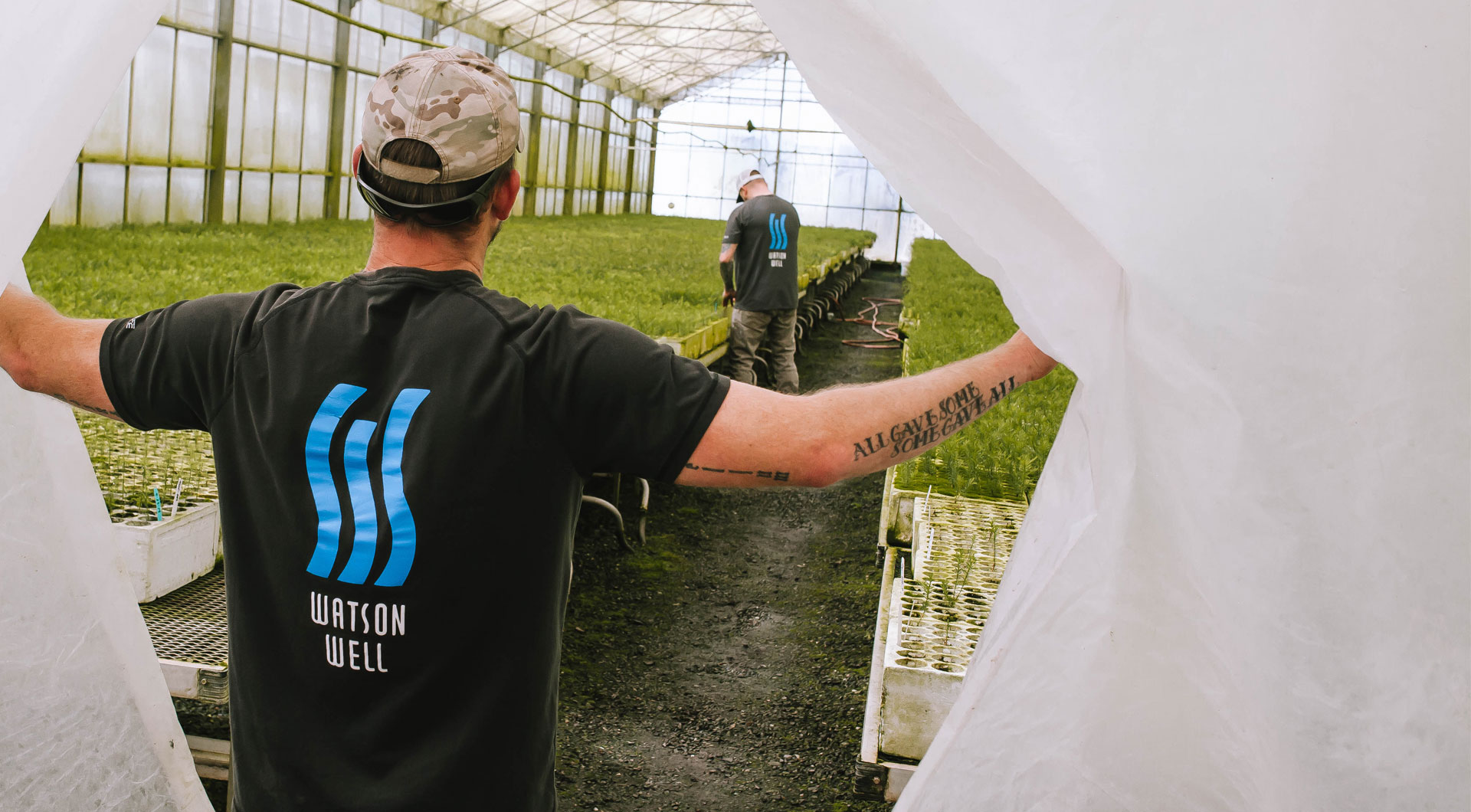

Ozone is a powerful germicidal agent, far more powerful than chlorine and capable of neutralizing bacteria, viruses, fungi, mildew, and other organisms, all without toxic compounds or leaving harmful residues. Our water treatment system is not only a non-chemical, all-organic solution to eradicating harmful organisms, but also delivers significantly more dissolved oxygen directly to plant roots, producing rapid plant growth and increasing speed to market.
Complete the form below to request an appointment from our team. We will contact you shortly.